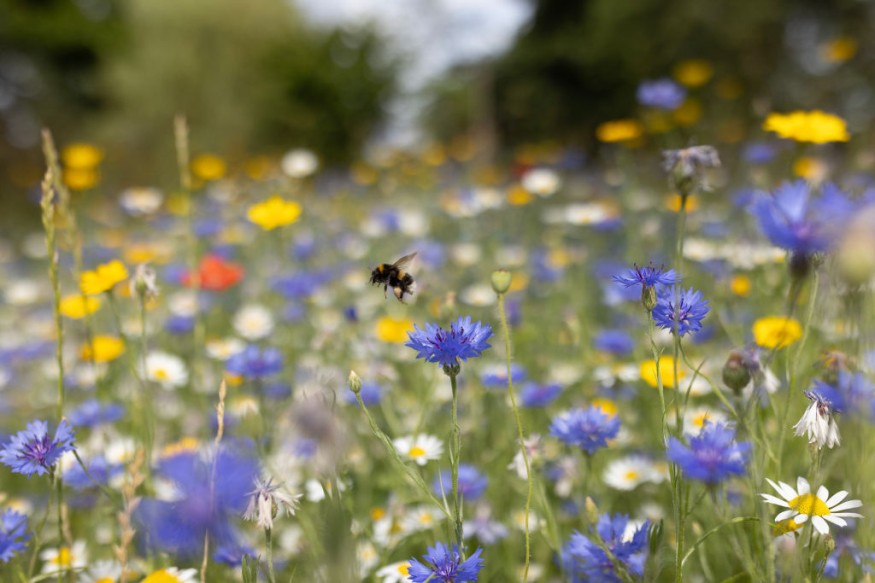Some locations are crucial for different species' migration and survival. In a recent report, researchers discovered that over 17 million insects managed to migrate annually through the Pass of Bujaruelo. This area is known for a 30-meter gap in the Pyrenees, which is between France and Spain.
Many animals, including insects, migrate yearly due to changing climate conditions. Migration is vital for thriving or survival, so documenting this migration pattern is essential for conservation efforts.
According to a report by the University of Exeter, researchers monitored the remarkable mass migration of insects through the Pass of Bujaruelo. This discovery is also helpful in offering new information about this mass migration.
The findings were published in Proceedings of the Royal Society B.
Mass migration of insects

The report highlights that the said location is considered crucial for migrating species, which can reach billions of insects each year. Despite their small appearance, insects are also capable of mass migrations, which could start further north in Europe and move south into Spain.
In terms of species diversity, the flies had the highest percentage, reaching 90%, and others were day-flying insects. Additionally, less than 2% belong to dragonflies and butterflies.
The peak migration of these insects begins when the conditions become warm, sunny, and dry with low speed. This allows insects to migrate to other locations.
It is important to ensure a smooth and undisturbed migration. The report highlights that these insects help pollinate, transport nutrients, and transport genetic material. Additionally, they play a role in pest control and decomposition.
To better analyze the migration, the researchers used a video camera to count these insects and visual counts for butterflies. According to Dr. Karl Wotton, the study's team leader, the view is considered one of the greatest wonders of nature.
Another concern is the decline of insects due to habitat loss and climate change. Frequent temperature fluctuations make it challenging for insects to survive. This decline can pose a significant threat to pollination, in which insects play a crucial role.
With the findings, the report aimed to raise awareness about protecting and conserving these insects and migrants. While they are resilient to climate change effects, increasing temperatures and habitat loss are overwhelming for them to survive.
Butterfly population declines and climate change effects on Amazon
In a recent Nature World News (NWN) report, experts raised concerns about the decline of butterfly populations in the Amazon due to climate change.
As the Ecuadoran Amazon suffers from climate change, insects like butterflies are affected, including their role in pollination. This disturbing result warns of potential widespread consequences if climate change worsens.
The Amazon forest has suffered from other threats, including habitat degradation, wildfires, the arrival of invasive species, illegal logging or deforestation, and extreme weather events.
For more similar, don't forget to follow Nature World News.
© 2025 NatureWorldNews.com All rights reserved. Do not reproduce without permission.





